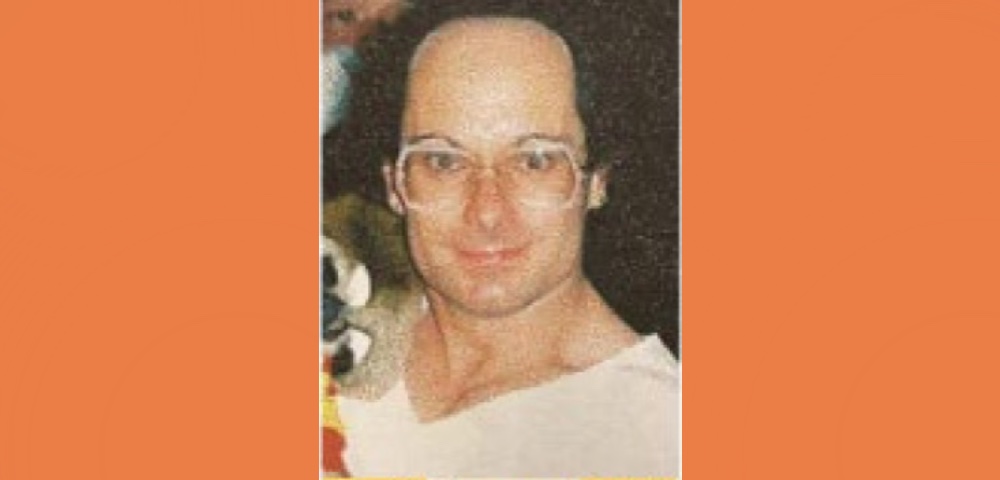
Sydney Trans Woman Samantha Rose’s 1997 Murder To Remain Unsolved

The 1997 murder of Sydney-based trans computer programmer Samantha Rose (41) will remain unsolved, a special commission inquiring into anti-LGBTQI hate crimes heard on Friday.
Trigger Warning: This story discusses the murder of a trans woman, which might be distressing to some readers. For 24-hour crisis support and suicide prevention call Lifeline on 13 11 14. For Australia-wide LGBTQI peer support call QLife on 1800 184 527 or webchat.
The special commission headed by Supreme Court Justice John Sackar is investigating unsolved hate crime deaths of gay men and trans women in Sydney and NSW between 1970 and 2010.
Rose, an asexual trans woman, was a systems programmer with Westpac Bank and a budding radio presenter. She was found murdered in her Kensington home on December 22, 1997. She had sustained numerous blows to her head and an unopened can of plums was placed between her legs.
Rose’s body was found when her parents grew concerned about her welfare after she failed to open the door to her apartment.
No Signs Of Forced Entry
There was no sign of forced entry into the apartment and police investigations initially identified two persons of interest – a female sex worker known to Rose and a co-worker at the radio station. The inquiry relooked at both the suspects again.
Counsel Assisting the Special Commission of Inquiry said the main suspect had been allowed to stay by Rose in her apartment before she was asked to leave over her drug use.
Though the suspect had made some inculpatory statements, the counsel said that there was no evidence to link her to Rose’s murder, other than some inculpatory statements made by her to police.
Police Failed To Fingerprint TV
The special commission heard that while the police investigation into the case was “adequate”, there were some matters of concern. This included the fact that police did not collect fingerprints and forensically test an iron and a television set that were found at the crime scene.
Counsel assisting pointed to the forensic pathologist’s opinion that “some of the head injuries appear consistent with Ms Rose’s head being crushed by the television.”
As the police did not collect any evidence from the iron or TV, it could not be tested now for any forensic evidence. “There was no DNA examination of any of the exhibits during the original police investigation,” the counsel assisting said.
The commission heard that in the absence of knowing the identity of Rose’s killer, it was not possible to assess whether she was a victim of an anti-LGBTQI hate crime.










At work I knew them by a different name. It’s was the late 90s, and as a young gay man it was great to see them at work wearing bright colours, a cheeky grin and always wonderful earrings. Living their truth.
I first met them when they taught me a course at work. That was the great thing about Westpac, a persons knowledge was valued and they were very knowledgable in their field.
I didn’t know them well…but saw them often in the office. One day they didn’t come to work.
I’ve thought about them a lot over the years